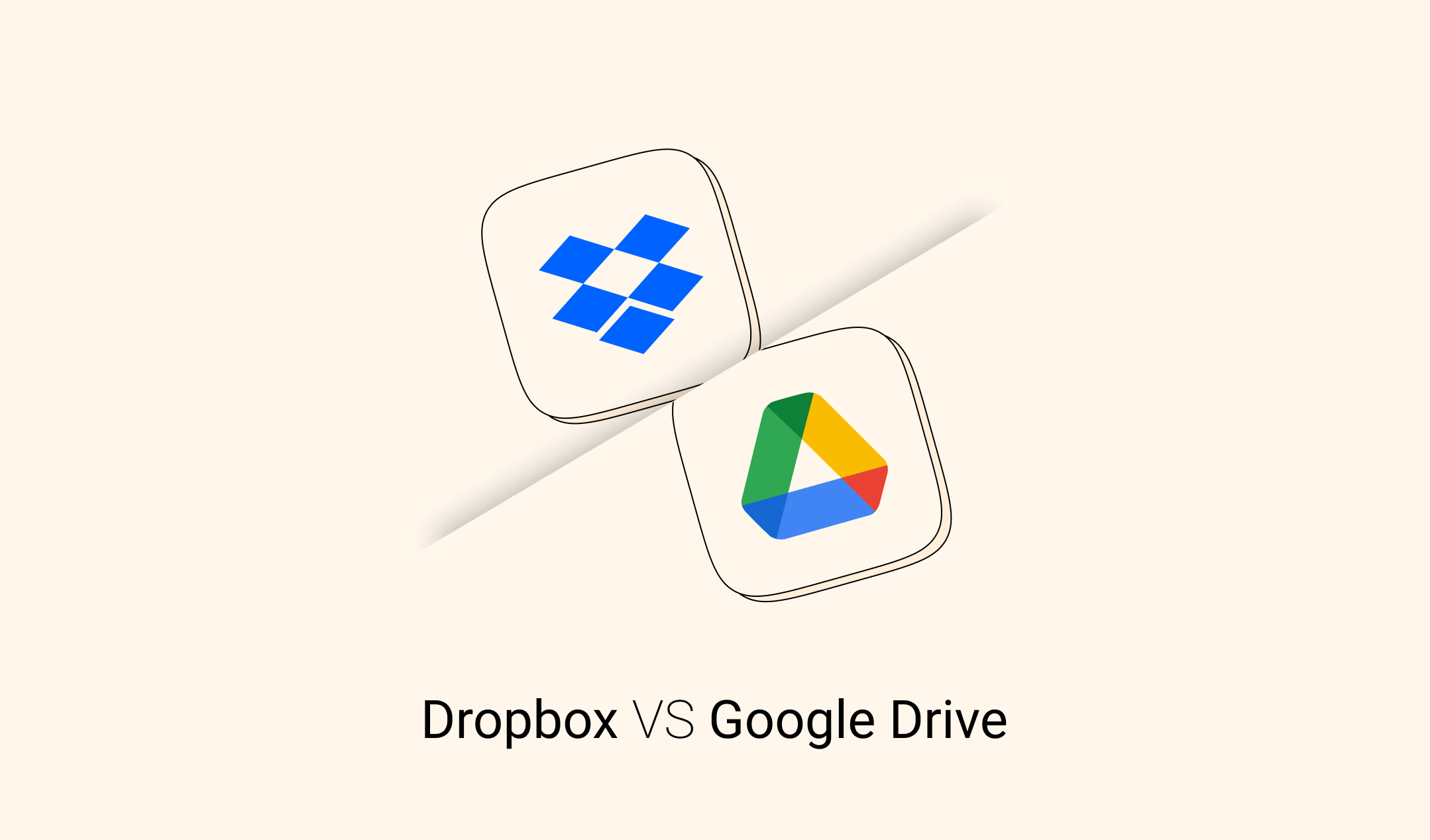Businesses with a large workforce must balance many factors, such as pricing, product planning, accounting and finance, managing payroll, handling inventories, etc. The quickest, cheapest, and dirtiest approach to completing tasks is to piece together a collection of unrelated tools. The majority of expanding companies use an enterprise resource planning system. Finding an ERP system that can adapt to meet your new needs is essential because your needs could alter as your firm expands. That can imply that the system supports plugins and add-ons or that it includes additional modules.
Open-source ERP systems offer more control and freedom of choice than some proprietary software. When it comes to proprietary software, the vendor either refuses to provide the source code, leaving customers with little choice but to rely only on what the seller offers, or pay more money for any required specialized features. On the other side, open-source ERP software provides users access to the source code, allowing them to customize it to their needs or add any additional features they might require. Below listed are the 10 best open-source ERPs for manufacturers:
1. Odoo
Odoo is among the most popular and well-known open-source ERP solutions. The program offers an integrated set of applications with several modules for, among other things, project management, billing, inventory control, manufacturing, accounting, and finance. Despite the complexity of ERP, Odoo’s user-friendly interface makes it more approachable. The user interface is similar to Google Drive and only displays the required features. Before choosing to sign up, you can try Odoo.
Odoo is one piece of software designed with the customer experience and simplicity in mind, even though we have previously mentioned the inherent complexity of ERP systems. The system’s UI is user-friendly and similar to Google Drive in that its features are readily apparent. The fact that Odoo gives a free trial period is its most prominent feature.
2. ADempiere
Like most open-source ERP solutions, the target market for ADempiere is small and midsized businesses. It has been around for a long and the project began as a fork from the Compiere ERP program in 2006. ERP capabilities are designed to assist enterprises in satisfying various objectives. It expands the ERP suite with supply chain and customer relationship management functionality to manage sales, purchases, inventories, and accounting procedures in a single piece of software.
The most recent upgrade version has improved the user interface and the point-of-sale, HR, payroll, and other capabilities. ADempiere is a Java-based, cross-platform cloud solution that can be used on Linux, UNIX, Windows, macOS, mobile devices, and tablets. It has a GPLv2 license. You can try out its demo or read its source code on GitHub.
3. Dolibarr
Dolibar provides users with end-to-end management solutions and focuses on small and medium-sized businesses. It performs various tasks, including invoicing, payments, document management, contracts, and support for POS systems, orders, inventories, and others.
Dolibar has an interactive and simple user interface, making it more straightforward for users to utilize its features. Dolibar is available online and in the add-ons store, where users can buy software to use more complex features and functionalities. Dollibar offers a marketplace where you may purchase software that expands its features. Its source code is available on GitHub and is licensed with GPLv3 or the latest version.
4. ERPnext
One of those traditional open-source initiatives is EPR next, highlighted on Opensource.com back in 2014. It was made to replace an outdated and pricey proprietary ERP solution, which was its intended use. For small and midsized organizations, ERP was next created. It offers project management, sales, purchasing, and inventory management modules. The applications that makeup ERPnext are form-driven.
After filling out a series of forms, you just sit back and wait for them to process your data. The entire suite is simple to operate. If you consider downloading it or paying for a membership to the hosted service, you can ask for a demo first.
5. Apache OFBiz
Due to its standard architecture, Apache OFBiz can be more easily customized by users to meet their needs. The system contains several features to support internal development resources and is intended for medium-sized to large businesses. This makes it straightforward for companies to integrate the system with their existing operational processes and infrastructure. According to official sources, Apache OFBiz has been the company’s top-performing application for more than ten years.
The system has significantly matured since its first launch and now provides users with improved reliability and maximum uptime. Numerous modules are available through the Apache OFBiz ERP system, including Accounting, Ecommerce, Inventory management, Manufacturing, and Others. The project’s repository is where you can find and download the system’s source code.
6. Metasfresh
Another well-known open-source ERP program that lives up to its name by maintaining fresh code is Metasfresh. The system features an efficient, adaptable, and powerful ERP solution. Small and medium-sized businesses can afford the ERP solution Metasfresh to satisfy their needs. The system is readily self-hosted by users, who are free to utilize it. Metasfresh is a product of Metas GmbH that supports several common operating systems, including Windows, Linux, iOS, and Android. The application is GPLv2/GPLv3 licensed and is available in several languages, including SQL, Java, XML, and JavaScript.
It is a Java-based open-source ERP aimed at the small and midsize business sectors. Despite being a more recent project than most other software mentioned here, it has already received some good press and is one of the best open sources. When self-hosted are used by one user in the cloud, Metasfresh is free. It is available as a cloud-hosted solution for 1-100 users for a monthly membership cost.
7. Axelor
The extensive ERP system Axelor ERP features over 20 components, including stock and cash management, sales and accounting, purchasing and invoicing, and more. An intuitive interface neatly encases everything mentioned above. The user interface is what distinguishes Axelor from many of its rivals. Overall, Axelor ERP is one of the most powerful open-source ERP systems since it has the functionality to handle a wide range of company operations and an interactive user interface. Axelor ERP is distinguished from all its rivals by having one of the most straightforward and user-friendly interactive interfaces.
Users may easily access all the required capabilities with just a few clicks. The vast list of system components is interactively paned on the left side of the window. The pane on the left side of Alexor’s window has a collection of all of its parts. You need a few clicks to complete everything. Your mouse cursor is at your beck and call for all you require. Use a Docker image to install Axelor, or get the AGPLv3-licensed source code from GitHub.
8. NetSuite
It is one of the best open source ERP systems for big enterprises. It offers a fantastic mix of management and engineering capabilities, making it the undisputed leader in ERP solutions for big businesses.
The system provides a full range of features and services needed to manage and enhance business operations, such as order administration, financial management, billing, invoicing, accounting, and revenue management. Automate manual procedures to save time and free up resources for better customer service, opportunity identification, and competitive advantage.
9. XTuple post Books
You should look at XTuple Post Books if your manufacturing, distribution, or e-commerce Company has outgrown its small business roots and is searching for an ERP to expand with you. It is a comprehensive solution that includes inventory, distribution, purchasing, and vendor reporting capabilities in addition to its basic ERP, accounting, and CRM features.
The project encourages developers to fork xTuple to produce new business software for inventory-based manufacturers because it is freely available under the common public attribution license. The source code for its Javascript-based web app may be accessed on GitHub. On the xTuple website, sign up for a free demo to determine if it is the appropriate fit for you.
10. Tryton
Tryton was created in 2008 and is based on an EPR system known as tiny ERP. Tryton has evolved throughout its existence, gaining in popularity and adaptability. Tryton has a variety of modules and is intended for companies of various sizes. They are inventory management, analytics, project management, sales, invoicing, and accounting. Because the system is modular, you can only install the modules your company needs. Although the system is web-based, Windows and macOS desktop clients are available.
You may see what Tryton can do by viewing the online demo. When you are ready, you may either download the source code or acquire it from the project’s mercurial repository, or you can install it using a docker image.
Bottom line
When appropriately implemented, the ERP system may significantly boost a company’s production and efficiency while lowering the cost of running the firm daily. Now it is time to invest in creating an open-source ERP system that is dependable, comprehensive, and capable of keeping you one step ahead of the competition. ERP systems are beneficial for manufacturers.










